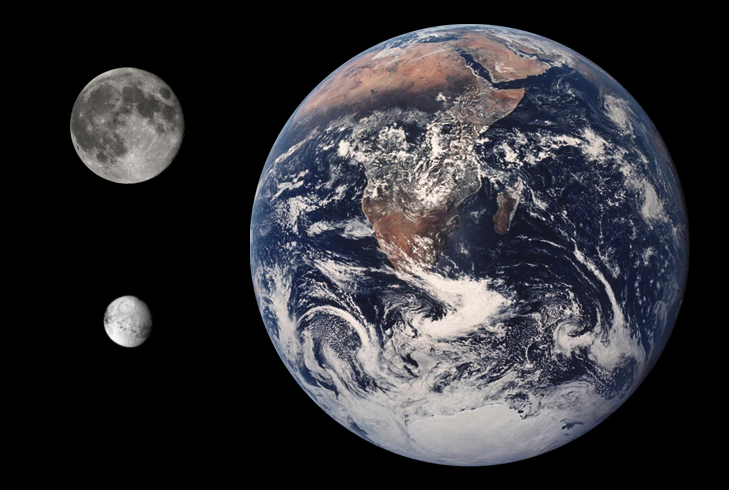Iapetus, the second moon ever discovered around Saturn back in 1671, has three bizarre properties that science still struggles to explain. It orbits out of Saturn's plane and has a two-toned appearance, an equatorial bulge, and a giant ridge. How did it form and develop these strange properties? 350 years later, we still don't know.
After having no superior tools to our naked eyes to explore the universe, the 17th century ushered in a revolution with the adoption of the telescope. With larger apertures and the power to gather more light at once, objects beyond the limits of human visibility — both in terms of resolution and faintness — suddenly transformed from being unobservable to being observable at will. Almost immediately, new objects and features became apparent, including the four major moons of Jupiter, the phases of Venus, the rings of Saturn with many features inside, and much more.
Then in 1671, Italian astronomer Giovanni Cassini was observing Saturn, already known to possess a giant moon, Titan, and discovered another moon: Iapetus. While Cassini would go on to make many other discoveries about Saturn, including numerous other moons, Iapetus was one of the strangest things anyone had ever seen in the sky. Cassini discovered Iapetus on the western side of Saturn, but when he looked for it later in its orbit, on Saturn’s eastern side, it wasn’t there. The moon remained missing for decades until, with a significantly upgraded telescope, Cassini finally saw it, a full two magnitudes fainter than it appears on Saturn’s western side, in 1705. As remarkable as that was, it was just the start toward understanding the mystery of Iapetus: our solar system’s strangest moon.
 |
| Compared to Earth, or even Earth’s moon, Saturn’s moon Iapetus appears small and insignificant. However, it remains one of only a small number of solar system bodies over 1,000 kilometers in diameter, Saturn’s 3rd largest moon, and perhaps the least understood moon in our solar system. (Credit: Tom.Reding and Ppong.it, Wikimedia Commons) |
Compared to Earth, or even Earth’s moon, Saturn’s moon Iapetus appears small and insignificant. However, it remains one of only a small number of solar system bodies over 1,000 kilometers in diameter, Saturn’s 3rd largest moon, and perhaps the least understood moon in our solar system. (Credit: Tom.Reding and Ppong.it, Wikimedia Commons)
Today, we have the luxury of hundreds of years of scientific advances at our disposal, and technologies about which Cassini could have only dreamed. Modern telescope have hundreds of times the light-gathering power of the greatest telescopes of his day, with views that take us into wavelengths that the human eye cannot observe, with numerous observatories located in space, and with a few of them — like the Voyager 1 spacecraft or NASA’s Cassini mission — actually traveling to and imaging these distant worlds in situ. TO READ MORE ABOUT THIS STRANGE MOON, CLICK HERE...
Today, we have the luxury of hundreds of years of scientific advances at our disposal, and technologies about which Cassini could have only dreamed. Modern telescope have hundreds of times the light-gathering power of the greatest telescopes of his day, with views that take us into wavelengths that the human eye cannot observe, with numerous observatories located in space, and with a few of them — like the Voyager 1 spacecraft or NASA’s Cassini mission — actually traveling to and imaging these distant worlds in situ. TO READ MORE ABOUT THIS STRANGE MOON, CLICK HERE...
